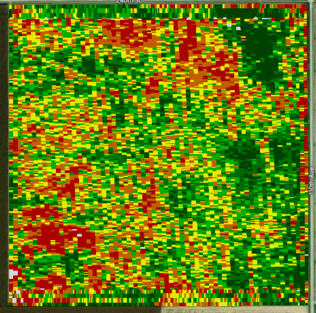January 12, 2018

When growers and advisors talk about transitioning to “data-driven decisions,” there are many implied assumptions that aren’t stated directly. First, there is the subtle critic that many decisions that we make in farming are not based on data – otherwise we wouldn’t be transitioning, and venture capital and other outside groups wouldn’t refer to data-driven decisions as “disruptive.”
If we haven’t been using analysis from data to drive decisions, what have we been using? I believe that foremost, we’ve used the power of observation. Through our own and our collective experiences, we make observations about what works and what doesn’t work. Our senses of touch, smell and listening become less used as we’ve mechanized crop production but visual observations continue to be an important part of how we make decisions. We observe insect damage, weed control, stunted or discolored plants, soil structure and more and those observations become part of how we make future decisions.

The second dominant source of past decision-making has been plots or results from an experiment conducted someplace else. University research trials, variety plots or a company’s trials have all been part of past decision-making. Information and experiences from other growers and advisors still carry decision-making weight with many. Testimonials continue to be used to sell and promote products.
For me, using data from your fields is a natural and welcome progression to make better decisions. But it’s not without conflict. That conflict can and will occur when the data analysis doesn’t match your observation. The variety that looked so good, doesn’t yield close the one that looked so ordinary. One of the observations that has been ingrained with many growers is nitrogen rate. Everyone has observed yellow corn associated with too little nitrogen and there has been an almost sub-conscious mental observation that the darker green the plant, the higher the yield.

The hard part of transitioning to data-driven decisions isn’t when the data supports what you already believe to be true. The difficult part is when the data analysis challenges what we think we already know. Transitioning from data-driven decision making will require that we change our ingrained thinking, and be willing to realize that our problem might not be ignorance, but rather the illusion of knowledge.
About the Author(s)
You May Also Like




